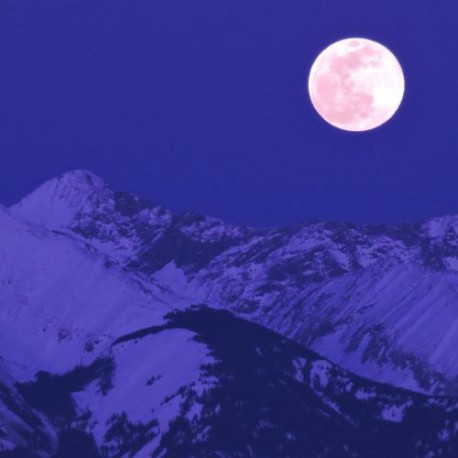 View larger
View larger
What Do You See in Today’s Moon?
New activity
Learners read or listen to a cultural story describing a shape identified in the Moon's surface features.
Open Activity
Teacher's Guide
Provides classroom connections, key concepts, connections to science standards, and additional resources.
-
Rating
-
Participants Enjoyed the ActivityParticipants Learned from This ActivityActivity Instructions Were Clear and Easy to FollowWould Recommend
Related Programming Resources
Reviews
Such a great resource for young, diverse astronomers!
Unlike many of the other activities hosted on the STAR_net Activity Clearinghouse, this is not a craft or hands-on activity designed to intersect with specific core science requirements. Instead, it’s an incredibly expansive, fluid, and flexible cultural program which you can adapt and scale to fit almost any need. I found it incredibly useful to read all of the materials and explore all of the resources while setting up an amateur astronomy club here in rural Montana; one can easily adapt it to feature narratives of local tribal groups, Native Americans, First Nations peoples, and other Indigenous peoples. It’s already designed to work with Polynesian-Hawaiian stories. We have utilized it already several times and in several different ways in our Makerspace programs and at the aforementioned amateur astronomy club, and we have high hopes of bringing in a Salish or Kootenai storyteller to continue utilizing these resources in the future.
And yes, you could utilize any number of relevant crafts and hands-on activities with the “What Do You See in Today’s Moon?” activity. We paired it with Remi Courgeon’s “Many Moons” board book, which provides simple visual comparisons of the moon’s various stages, and then asked kids to draw a stage of the moon and draw its visual comparison, too. A banana? A cat’s tail? A wheel of cheese? The comparisons are endless, and something really clicked when we showed them the waxing-to-waning progression in “Many Moons.”
Many thanks to the Lunar and Planetary Institute for this great resource, and to the STAR_net Activity Clearinghouse for rendering it accessible. This is one we will be returning to many times in the coming years!



